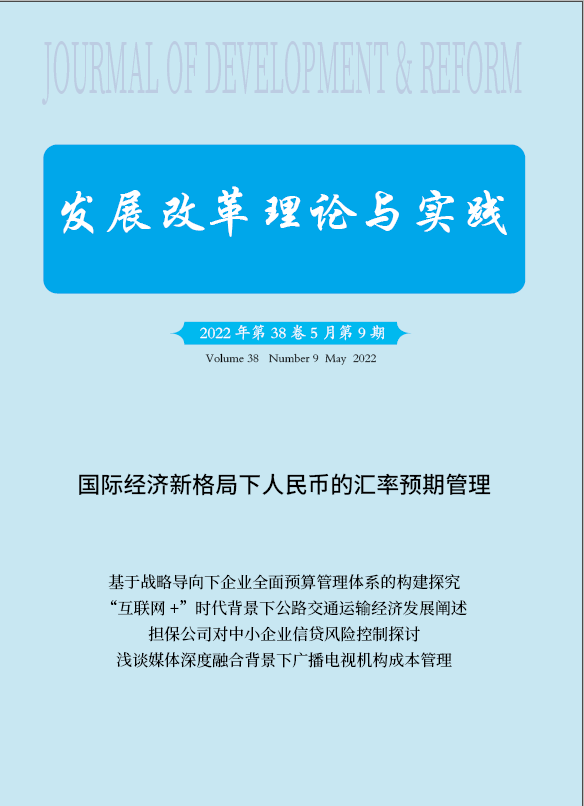
主管单位:南方出版传媒股份有限公司
主办单位:广东时代传媒有限公司
出版周期:半月刊
编辑出版:发展改革理论与实践杂志社
国内刊号:CN 44-1729/F
国际刊号:ISSN 1003-6709
邮发代号:46-123
开本:16开
语种:中文
投稿邮箱: fzggzzs@163.com
投稿邮箱:fzggzzs@163.com
论文写作中,何时用主动语态,何时用被动语态?
主动语态-主语为行动的实施方。 被动语态-主语为行动的接收方。

在撰写科学论文时我们会使用各种各样的时态。下面是一些在不同时态下使用主动语态和被动语态的例子:
1.现在时-通常在概论,讨论和结论中使用的时态
Example 1: Active: Vitamin A increases the risk of hair loss. Passive: The risk of hair loss is increased by vitamin A.
Example 2: Active: Volatile organic compounds (VOCs) emitted from industries and vehicle exhausts can induce a series of environmental problems, including photochemical smog, broken ozonosphere, and environmental pollution.
Passive: A series of environmental problems, including photochemical smog, broken ozonosphere, and environmental pollution, can be induced by volatile organic compounds (VOCs) emitted from industries and vehicle exhausts.
2.现在时-通常在目标中使用的时态
Example 1: Active: In this study, we present our design of an electric hot water tank. Passive: In this study, a design of an electric hot water tank is presented.
Example 2: Active: This study develops an efficient methodology to examine a space–time continuous dataset for urban irrigation water use. Passive: An efficient methodology to examine a space–time continuous dataset for urban irrigation water use is developed in this study.
3.现在完成时-通常在概论,讨论和总结中使用的时态
Example 1: Active: Previous studies have used comparative analysis of ORF2 sequences to elucidate phylogenetic relationships among different FCV isolates.
Passive: Comparative analysis of ORF2 sequences has been used in previous studies to elucidate phylogenetic relationships among different FCV isolates.
Example 2: Active: Only a small number of empirical studies have focused on the patterns and mechanisms behind disease clusters at small spatial scales, especially in wild host–pathogen systems [2]. Passive: The patterns and mechanisms behind disease clusters at small spatial scales, especially in wild host–pathogen systems, have been focused on by only a small number of empirical studies [2].
4.过去时:通常用于材料与方法/结果
Example 1: Active: We determined the presence of larvae by dip netting. Passive: The presence of larvae was determined by dip netting.
Example 2: Active: We evaluated the number of haplotypes (h), haplotypes (Hd), and nucleotides (π) using the DnaSP 5.10 program [3].
Passive: The number of haplotypes (h), haplotypes (Hd), and nucleotides (π) was evaluated using the DnaSP 5.10 program [3].
Example 3: Active: We found a strong correlation between above-ground and below-ground biomass accumulation in Platanus occidentalis.
Passive: A strong correlation was found between above-ground and below-ground biomass accumulation in Platanus occidentalis.
编辑整理:发展改革理论与实践杂志社官方网站
- 上一篇:英语论文格式
- 下一篇:毕业论文不交有啥后果






